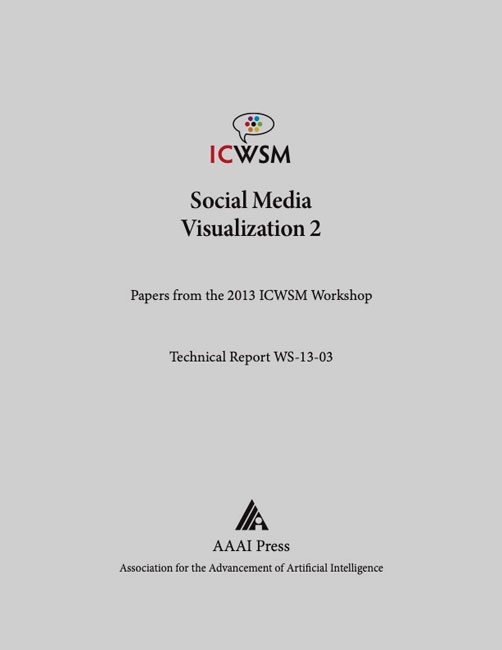Discover Diamonds-in-the-Rough Using Interactive Visual Analytics System-Tweets as a Collective Diary of the Occupy Movement
DOI:
https://doi.org/10.1609/icwsm.v7i4.14481Keywords:
Visual Analytics, User Interaction, Topic ModelingAbstract
The phenomenally wide-adoption of social media has stimulated a new means in organizing and carrying-out modern social movements. Exemplified by the Occupy Movement (OM), rich information, including protest-related events and people's responses to those events, is posted and shared through social media sites such as Twitter. However, it is quite challenging to make sense of such valuable information in a collective manner, as it is often submerged by all the other content on Twitter. In this case study, we demonstrate the combination of computational methods (e.g., topic modeling and event detection) and interactive visual analytics in facilitating users to examine how relevant tweets can reflect a collective view of a social movement. In particular, we focus on discovering and associating key events throughout the OM. Based on the event frequencies, our system helps users to divide the movement into three distinct stages. Information regarding "what" the events were about, "when" and "where" the events occurred, and "who" were involved is extracted from the tweets to describe each stage of the movement. The resulting case studies show that we can indeed construct a collective diary of the social movement by analyzing events extracted from the content of the tweets.

